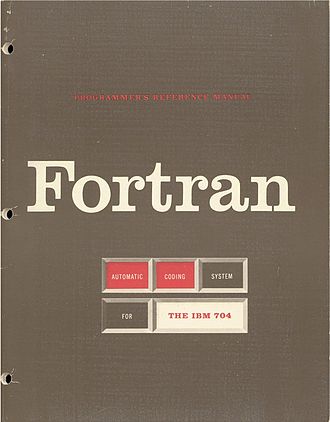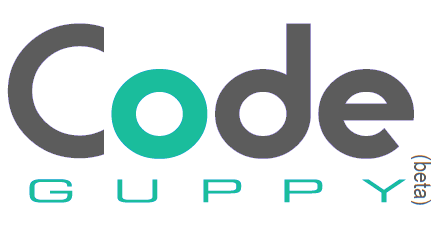History of programming languages
The history of programming languages stretches back to the mid-20th century, when the first recognizable programming languages were developed. These early languages were designed to make it easier for humans to create instructions for computers to follow.
One of the earliest programming languages was called FORTRAN, which was developed in the 1950s. FORTRAN was designed specifically for scientific and engineering applications, and it was used to write programs that could solve complex mathematical equations and simulate physical phenomena.

Another early programming language was LISP, which was developed in the late 1950s. LISP was designed for artificial intelligence research, and it was used in the development of some of the first AI programs. LISP is still in use today, although it has evolved over the years to include many modern features.
As computers became more powerful and versatile, the need for more sophisticated programming languages grew. In the 1960s and 1970s, a number of new languages were developed, including BASIC, COBOL, and C. These languages were designed to be more user-friendly and to support a wider range of applications.
One of the most influential programming languages of all time is C, which was developed in the early 1970s. C is a general-purpose language that has been used to create many different types of software, including operating systems, games, and business applications. C is still widely used today, and it has been the basis for many other programming languages, including C++, Java and JavaScript.
In the 1980s and 1990s, the rise of personal computers led to the development of many new programming languages. Some of the most popular languages from this period include Pascal, Perl, and Python. These languages were designed to be easy to learn and use, and they quickly became popular among amateur and professional programmers alike.
Today, there are thousands of programming languages in use, and new languages are being developed all the time. Some of the most popular languages today include Java, JavaScript, and Python. These languages are used to create a wide range of software, from web applications to mobile apps to machine learning algorithms.
-
JavaScript: a popular language for creating interactive websites, web applications and games. It is the language of the codeguppy.com platform
-
Python: a versatile language that is used for many different purposes, including scientific computing, data analysis, and artificial intelligence.
-
Java: a general-purpose language that is used to create a wide range of software, including web and mobile applications.
-
C++: a powerful language that is often used for building large, complex software systems.
-
C#: a modern language that is used to create a wide range of applications, including games and business software.
-
PHP: a language that is widely used for creating dynamic websites and web applications.
-
Ruby: a popular language that is used for building web applications and other software.
-
Swift: a language that is used to create iOS and macOS applications.
-
Go: a modern language that is designed for building fast and scalable web applications.
-
Kotlin: a modern language that is used to create Android applications.
Overall, the history of programming languages is a fascinating story of how humans have struggled to make computers more powerful and versatile tools. Through the development of new languages, we have been able to create a vast array of software that has transformed every aspect of our lives.
Read more blog articles Browse JavaScript projectsAbout codeguppy
CodeGuppy is a FREE coding platform for schools and independent learners. If you don't have yet an account with codeguppy.com, you can start by visiting the registration page and sign-up for a free account. Registered users can access tons of fun projects!

Follow @codeguppy on Twitter for coding tips and news about codeguppy platform. For more information, please feel free to contact us.
